Contents
If cucumber bushes wither, then you need to find the cause as soon as possible. There are a number of provoking factors that can lead to illness. If the cause of the withering is not established in time, the cucumber bush will most likely die. With sluggish foliage, the plant does not have the opportunity to fully develop. Accordingly, one should not hope for a crop of cucumbers in this case.
Reasons why a cucumber wilts in a greenhouse
It is a mistake to assume that the greenhouse completely preserves plantings from adverse factors. In a greenhouse, cucumber beds often need more attention due to the fact that it is necessary to artificially create all the necessary conditions. The lethargy of the bush and especially the leaves is often associated with insufficient care. If sluggish leaves are noticed on a cucumber, the necessary treatment measures should be taken as soon as possible.
If in the shortest possible time the cucumbers in the polycarbonate greenhouse do not receive treatment, then in the near future not only the leaves will turn yellow. The crop will die, leaving the farmer without a crop. The appearance of the disease in cucumbers can be affected by one or several factors at once.
The most common causes of lethargy of the leaves of the bush and the death of a crop in a greenhouse are usually attributed to:
- lack of useful trace elements in the soil and improper fertilization;
- the presence of diseases and pests in cucumbers in the greenhouse;
- incorrectly chosen place for planting cucumbers in a greenhouse;
- direct sunlight on the leaves;
- the unfortunate neighborhood of cucumbers with some other vegetables growing in a greenhouse, for example, tomatoes;
- unsuitable temperature or humidity level for cucumbers in the greenhouse.
Important. The leaves in the greenhouse usually wither when there is no care or it is wrong. This reduces the protective functions of the plant.
Lack of elements in the soil
Cucumber is a demanding plant for the soil in which it grows and fertilizers. The presence of nitrogen is especially important for the leaves. It is required to replenish its supply with a shortage with the help of fertilizers.
If the plant does not receive enough nitrogen in the greenhouse, the following unpleasant symptoms appear:
- loss of turgor leaves and stems;
- reduction in plant and leaf growth, including;
- lack of ovaries of cucumbers.
Important. Important elements for cucumbers also include magnesium, potassium, phosphorus. Their deficiency is also bad for the leaves.
With a lack of any element, the condition of the plant is rapidly deteriorating, the leaves wither. To compensate for the deficiency of substances, top dressing is applied to the soil in the form of urea, ash, superphosphate, chicken manure, manure, charcoal. Fertilizers are added in a strict dosage.
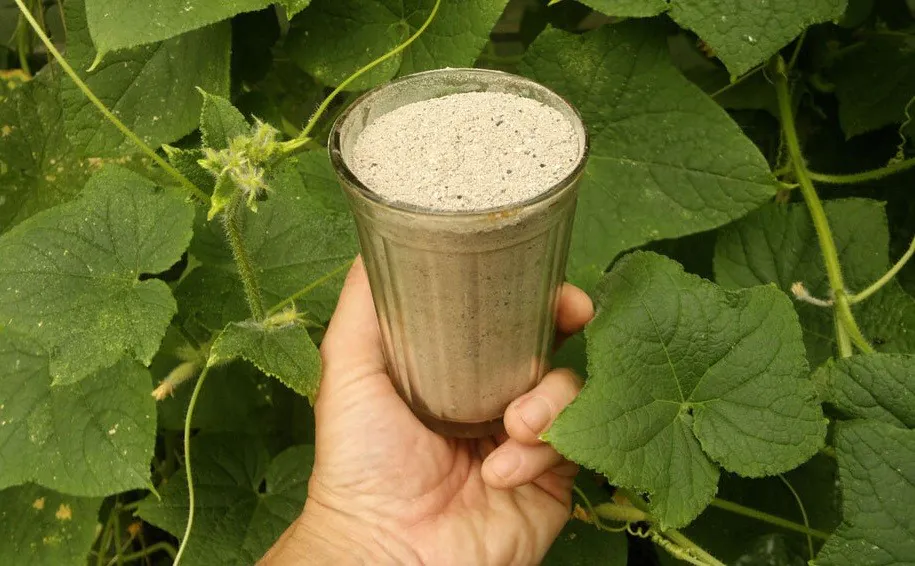
Cucumbers are unpretentious, but react sharply with a change in leaves to significant violations of care, improper fertilizers and diseases in a greenhouse or open field.
Important. The leaves will wilt both with a lack and an overabundance of nutrients in a cucumber bed.
Elements are needed not only for the active development of bushes in the greenhouse, but also for their good fruiting. If the balance is not maintained, the plant develops poorly.
Aggressive chemicals
Cucumbers and their leaves are very sensitive to the use of various chemicals on cucumber beds. Herbicides can be especially harmful. Even an accidental hit will cause the open foliage of cucumbers to instantly begin to fade. She will look lifeless. It is for this reason that it is necessary to carefully approach the choice of neighbors for selected varieties of cucumbers in the greenhouse, so that others do not suffer when processing some.
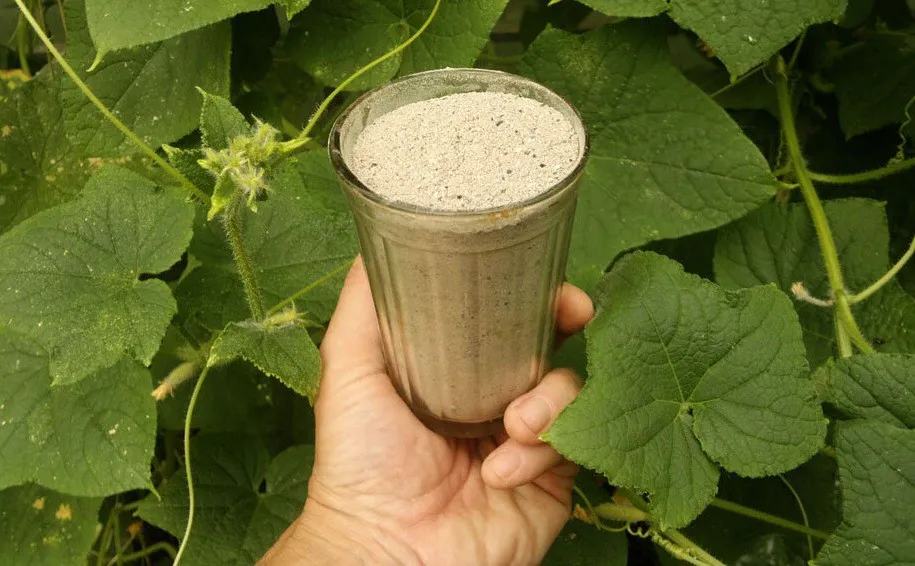
Diseases and pests
Leaf wilting on greenhouse cucumbers can also be the result of diseases and pests in the cucumber beds. The symptom may be due to:
- fungal diseases. The fungus is one of the most common causes of leaf lethargy. It is extremely difficult to fight the disease, since the spores spread rapidly, affecting all exposed parts of the plant. If the symptoms indicate a fungus, then you should immediately begin the use of chemicals. Folk methods are ineffective, so it’s better not to waste time hoping that they will work. The most effective medicines include Trichodermin, Previkur, Topsin-M. Apply on the beds should be strictly according to the instructions, adhering to safety measures.
- Aphids. If the leaf plates of the plant wither, then the bushes should be inspected for the presence of insects. To do this, turn over the sheet, which began to wither. There may be aphids. If the pest is on the plant, then the gardener will immediately notice it. For the fight, you can use both biological and chemical preparations for tops. The most effective solutions include Actovit, Strela, Fitoverm, Sparks, Intavir solutions.
- Spider mite. To combat an insect pest in a greenhouse, it is allowed to use the same preparations as in the presence of aphids on cucumber beds. The main symptom is the appearance of a large number of cobwebs on the back of the plant leaf.
- Root rot. At first, only some of the leaves wither. Then the plant suffers completely, slowly dying in the garden.
- Brown and white rot. Foliage with white and brown pathology becomes soft and begins to wither along with the ovary. She starts to fall. Brown and white spots gradually appear on the stem of the plant.
- Tracheomycase wilt. The disease spreads rapidly in the beds, so treatment should be immediate.
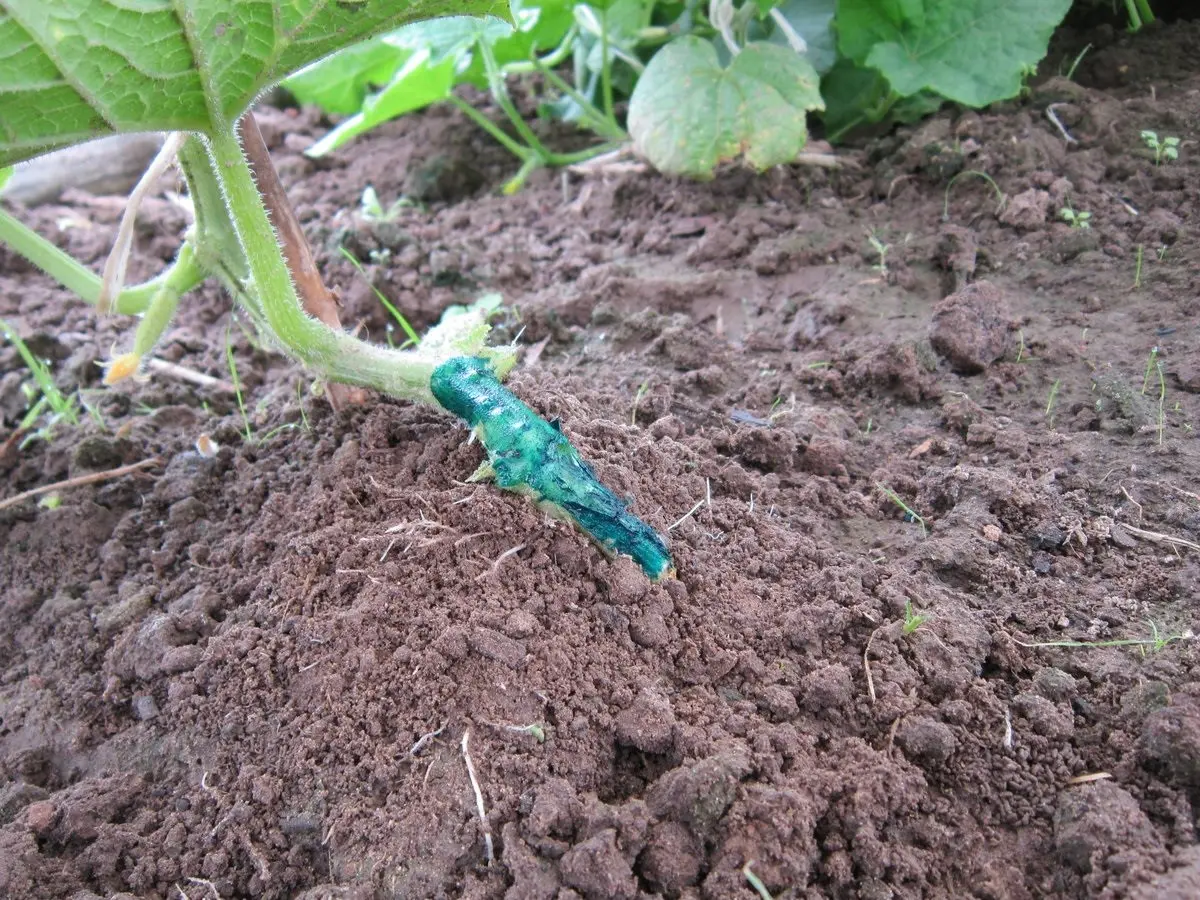
All pathologies have a bad effect on the growth and fruiting of cucumbers. Comprehensive treatment of the problem is required.
Fuzarioz
Fusarium can be caused by several bacteria. Tracheomycosis or vascular occlusion can be observed both at the roots and at the stem. Violation spreads especially well at low temperatures.
Fusarium in terms of symptoms is very similar to verticillium. However, the second disease, unlike the first, develops at an elevated temperature. With pathologies, the leaves begin to wilt, and the root rots.
If the disease is not treated on time, then about 50% of the plantings will die. The disease is characterized by rapid spread. If the leaves actively dry out, then the chances of saving the plants are close to zero.
Even at the initial stage of the problem, only a part of the cucumbers can be saved. To prevent the development of pathology, it is required to choose a healthy seed, process the seeds at the planting stage. It is better to prevent deviation than to fight it, since even chemicals do not always save the crop.
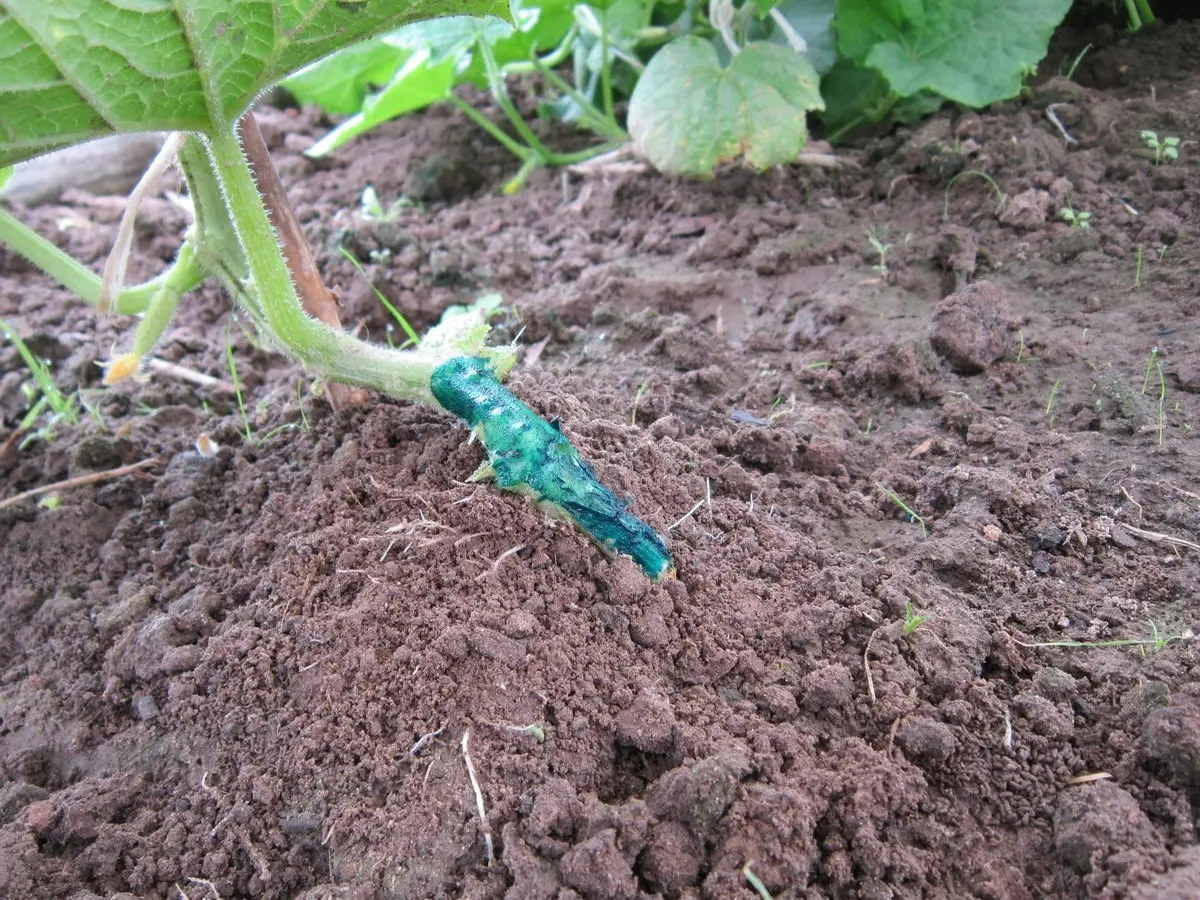
A microscopic pest leads to the development of the pathological process. The pathogen starts from the top foliage, moving to the stem. Gradually, she begins to fade. For the treatment of fusarium, solutions of the following drugs can be used:
- Phytosporin;
- Trichophyte;
- Kornevin.
If the infection is large-scale, then you will have to switch to more potent drugs to fix the problem, for example, Aktara or Aktellik. This should be done carefully, adhering to security measures.
Folk methods do not work on fusarium. It is better not to waste time trying to cope with the pathology. Spraying with natural means can be done additionally.
Wrong place
If the wrong landing site was initially chosen, then in the summer problems cannot be avoided. If the seedlings do not receive the right amount of light. If the landing is tight or in the shade, then problems begin. Some lashes of seedlings may not receive light at all. Leaves and stems begin to wither, turn yellow and dry. Next year, it is better to choose a more suitable place in the greenhouse for cucumbers and illuminate the lashes with lamps if necessary.
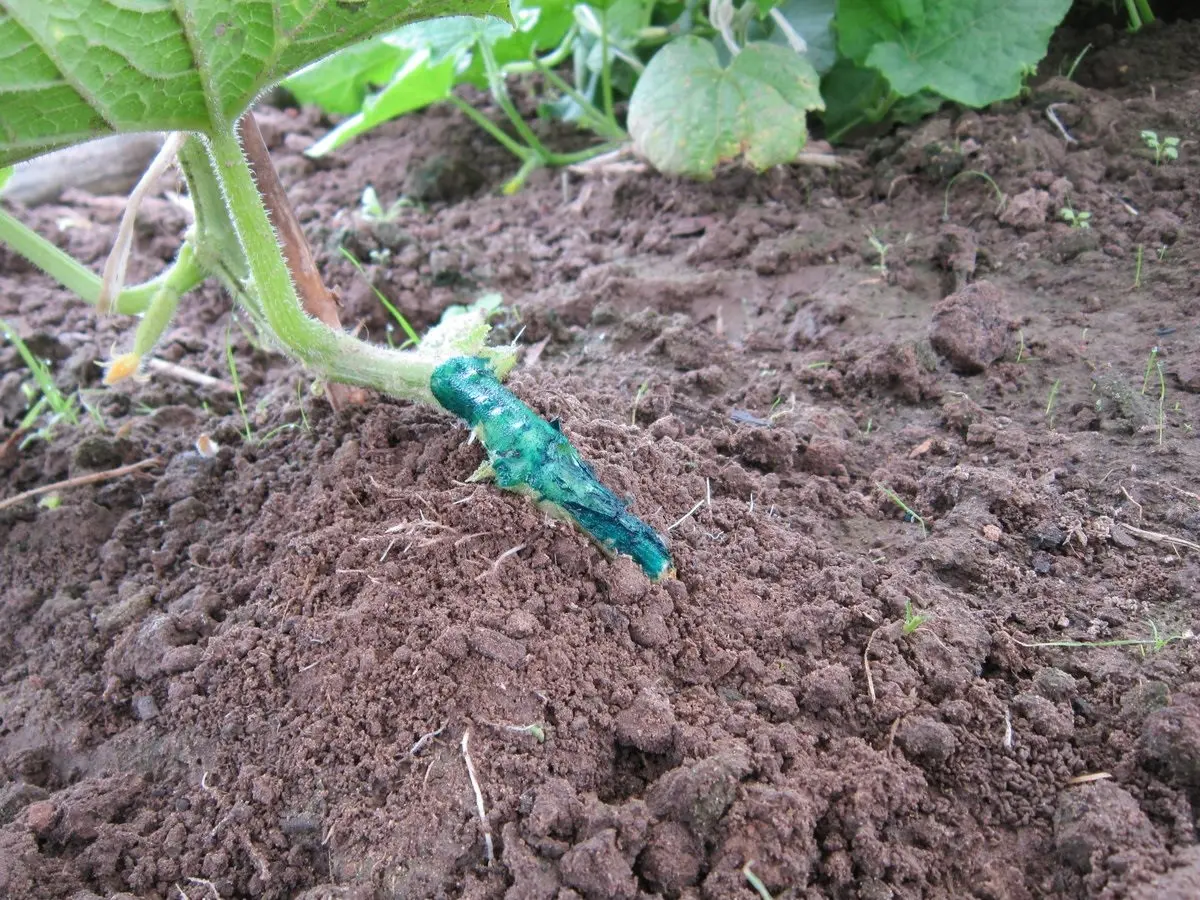
direct sunlight
If the plants are planted in direct sunlight, then normal growth is not possible. Cucumber loves lighting, but aggressive direct sunlight can kill it. This can be easily explained by the increased rate of moisture evaporation. Cucumbers will try to escape by rolling their leaves into tubules. Because of this, the evaporation area is reduced.
The thickened landing
With a lack of space, the plant is forced to face a shortage:
- the world;
- moisture;
- places to grow;
- air.

You need to think about the place for placing cucumbers in advance. When the problem already arises, it will be impossible to cope with it and the fruits can not be expected.
Defeat of aphids
Aphids are tiny green insects that are pests. It is the leaves that are the first to suffer from them, which no doubt begin to wither. They become brittle almost instantly. The plant ceases to bloom and even more so to bear fruit. If measures are not taken in time, the lashes of cucumbers will die.
To control insect pests, it is recommended to do the following:
- remove insects with water pressure when watering;
- spray the lower leaves and the stem below with insecticidal soap, and also water the open ground with it.
Only complex treatment will make it possible to cope with the pest.
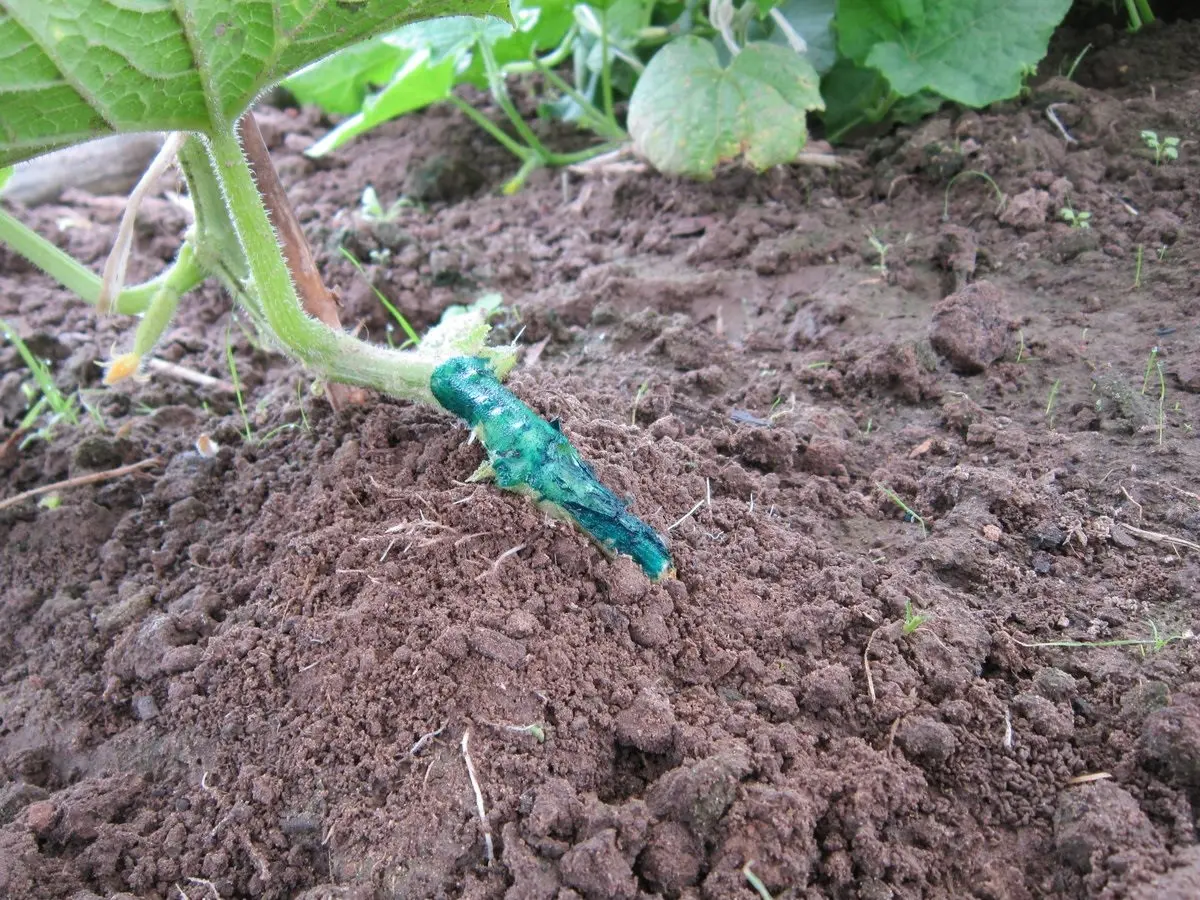
Non-compliance with the rules of crop rotation
You can not grow cucumbers on the same plot of land. It must be remembered that various spores of fungi and pest larvae accumulate in the soil. Also, over time, the amount of nutrients decreases, despite top dressing.
Even in the presence of a small garden, it is required to adhere to the rules of crop rotation of the soil. It is ideal to change the landing site annually. At the same time, it will not be superfluous to remember what was in front of the cucumbers on the soil. For example, lashes of cucumbers grow well after potatoes.

Neighborhood with other cultures
It is also important which plants grow on the soil near the cucumber. The vegetable is unpretentious, but there are those vegetable crops that cannot be grown nearby. With a bad neighborhood, cucumbers grow small and are not capable of forming a good harvest.
Important. It is not recommended to plant cucumbers on the soil after pumpkin and melons.
It is not recommended to grow cucumbers near tomatoes. Due to the powerful rhizome, tomatoes will take all the nutrients from the lashes, which cannot be corrected even by top dressing. Another unwanted neighbor is strawberries. It is also not recommended to grow nearby:
- corn;
- radish;
- potatoes;
- fragrant herbs.
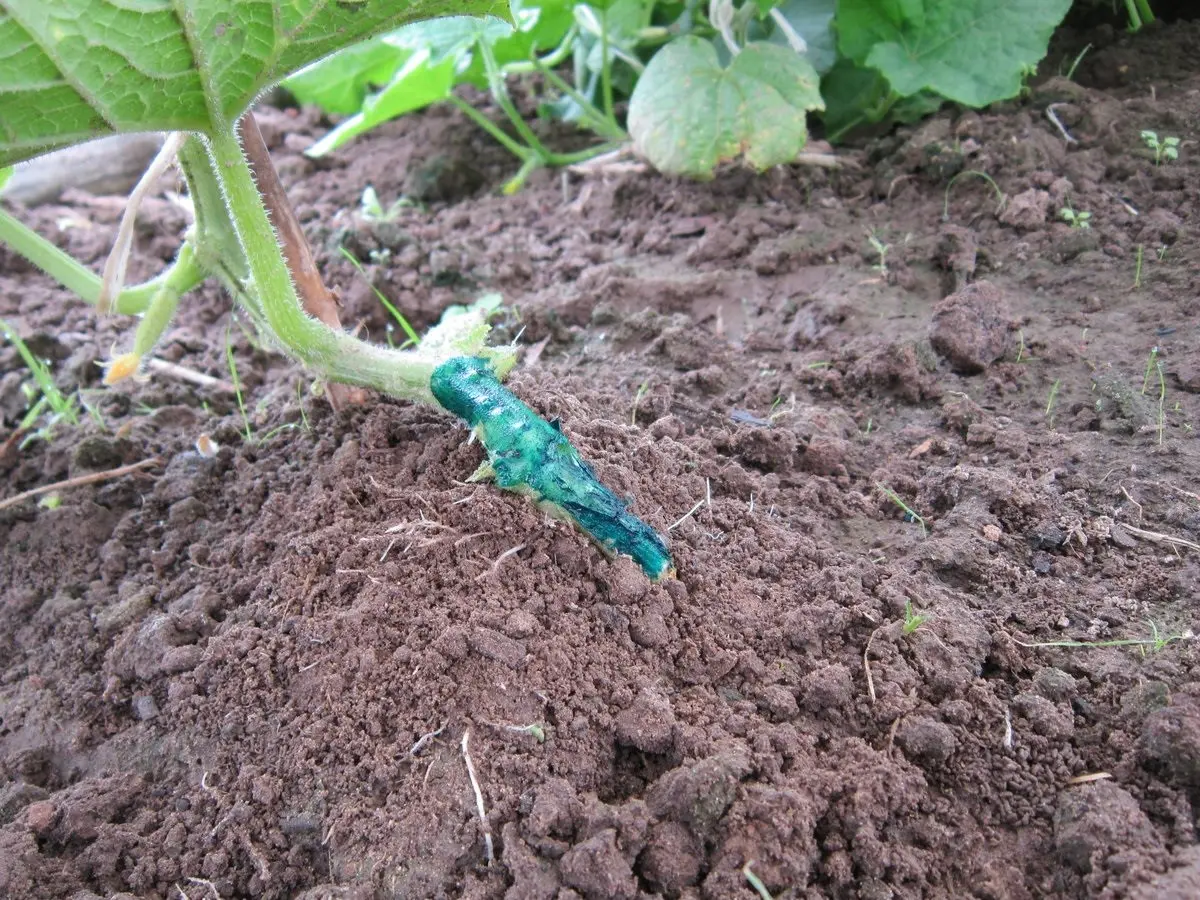
All of these vegetable crops will inhibit cucumbers.
Watering
Sluggish foliage is always a sign that the plant is missing something. The reason for the deviation may be incorrect watering.
Both excessive and insufficient watering is detrimental. If there is excess moisture, then the liquid stagnates in the area of uXNUMXbuXNUMXbthe root system, and if you continue to water the wells, you will not be able to avoid violations. Favorable conditions are created for the development of fungal diseases.
Irrigation errors include using too cold water. This leads to disruption of the root system. If possible, it is better to water with settled liquid.
Important. If there is no settled liquid, then you can simply water it with warm water.
If there is too little liquid, the plant cannot grow normally and gradually dies.
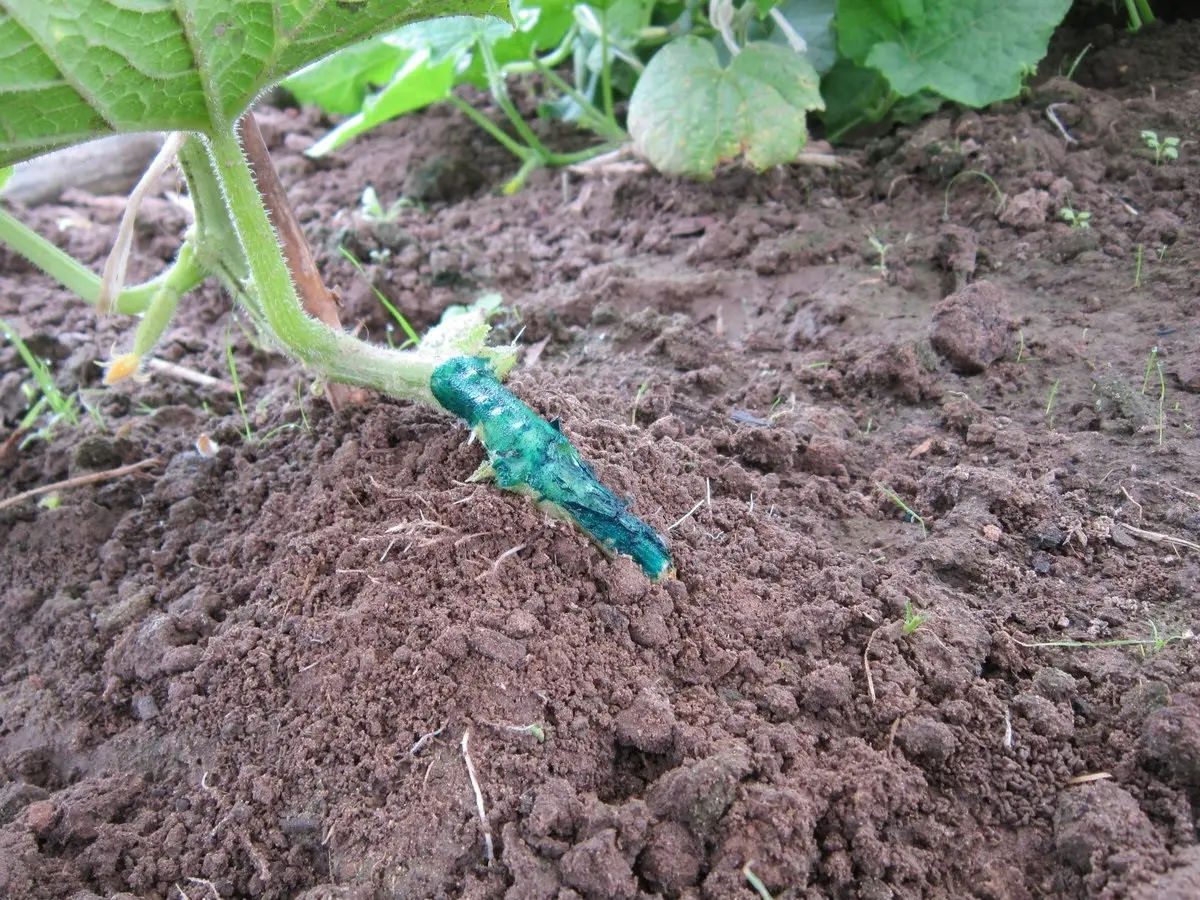
Temperature drop
In summer, strong temperature drops are likely both outside and in the greenhouse. This is likely if there was a strong heat during the day, and it started to rain at night. To avoid problems, you need to plant cucumbers in a warm garden. You can even use heat accumulators.
It is extremely difficult to deal with temperature changes even in a greenhouse. It is required to give cucumbers everything necessary for the development of leaves, roots and stems so that the vegetable crop has strong immunity.
How to understand for what reason cucumbers wither
To understand why cucumbers dry in a greenhouse, you should first examine them for the possible presence of diseases. It is not difficult to notice pathological changes on the leaves. In addition to lethargy, other symptoms are necessarily present.
If the leaves become lethargic only during the day, and in the evening return to their shape, then the main reason for the deviation is the lack of moisture. You need to water the holes more often or do it more abundantly. With burns, you can additionally notice yellow spots.
If water remains for an hour under the plant, then the soil is waterlogged, which is bad for the roots. She needs mulching.
What to do and what can be processed
Treatment of leaves directly depends on the cause of the violation. Only after the provoking factor is established, the gardener can begin therapeutic measures.
Depending on the cause of leaf wilt in the greenhouse, it may be recommended:
- spraying the leaves with chemicals from the fungus and other disorders;
- use of non-traditional methods.
If the reason for the deviation is improper care, then you need to correct it and the condition of the leaves will improve in a short time. Feeding may also be required.
Folk remedies
Deterioration in the appearance of cucumbers and their leaves may be the result of the presence of spider mites, whiteflies, aphids, and fungi in the greenhouse. When fighting, you can use a tool made from soap shavings and onion peel. This should be done when the infection is not large-scale.
To prepare, pour 1 cup of onion peel with hot water. The infusion for the leaves is left for a day. The next day, the medicine is poured into 5 liters of water.
Rub a piece of soap on a grater. It is sent to onion broth and used to process leaves.
A serum solution will help to urgently save the plantings. It is mixed with water in a ratio of 1 to 1. The leaves are sprayed with the finished mixture from all sides. You can also water the root system.
Preparations and chemicals
If the cause of inhibition of plantings is a fungal disease, then treatment of the bushes with a solution is required:
- Trichodermatitis;
- Planrhizoma;
- Previcura;
- Metronidazole.
If pests are wound up in the greenhouse, then you will need to use a solution of Fitoverm, Kinmiks, Actofit. All drugs are used strictly according to the instructions. When using them, be sure to wear a protective gown, gloves, respirator.
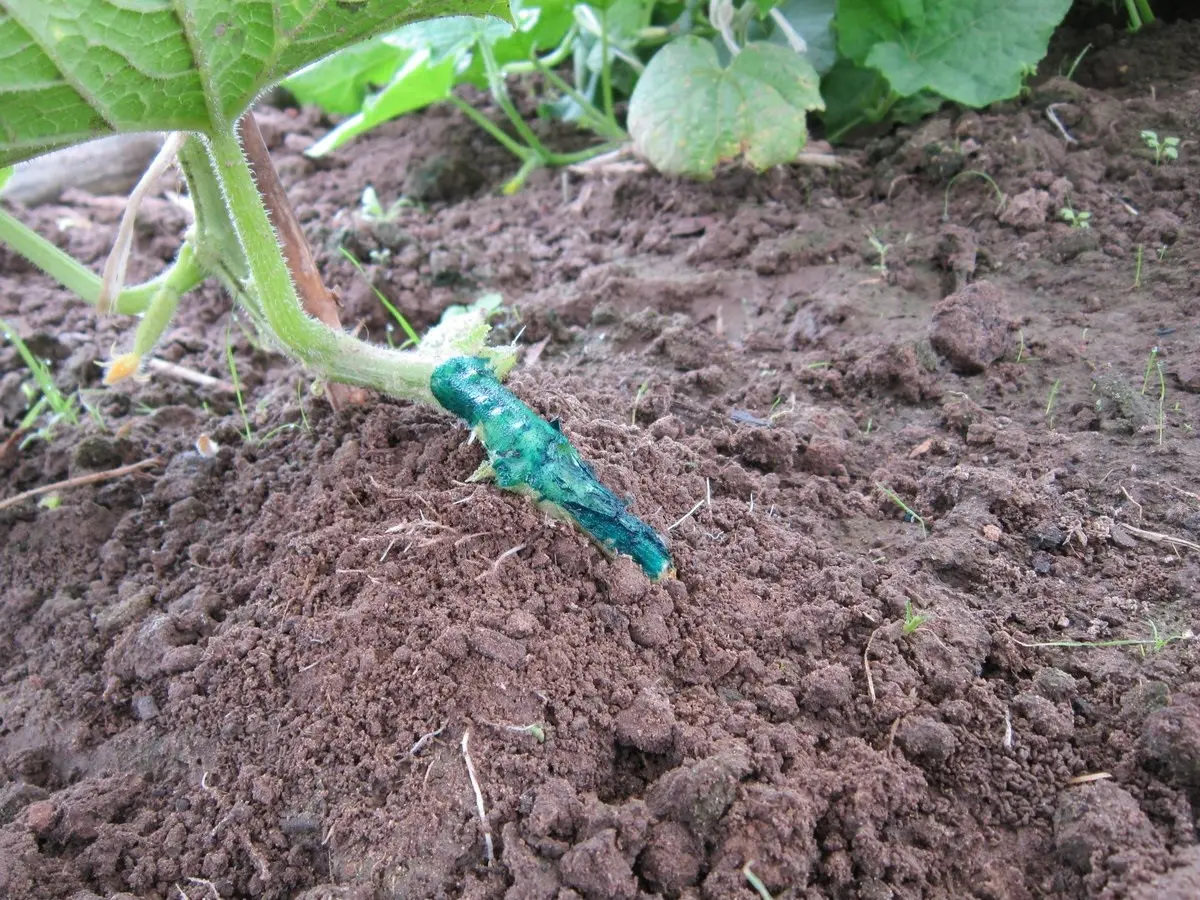
Prevention of wilting cucumbers
It is not difficult to prevent shriveled leaves of cucumbers and the appearance of spots. As a preventive measure, it is recommended:
- warm and soak the seeds before planting;
- adhere to the rules of crop rotation;
- timely change depleted soil;
- maintain the interval between landings;
- if possible, use settled water for irrigation;
- perform thinning of the bushes as necessary;
- introduce missing nutrients into open ground;
- start a timely fight against pests and diseases of the bush.
It is easier to prevent spots and withering of the leaves than to deal with it later, finding out the reason for the change in the bush. With proper watering and the implementation of basic recommendations, cucumbers grow healthy, have strong roots and delight with a good harvest.









